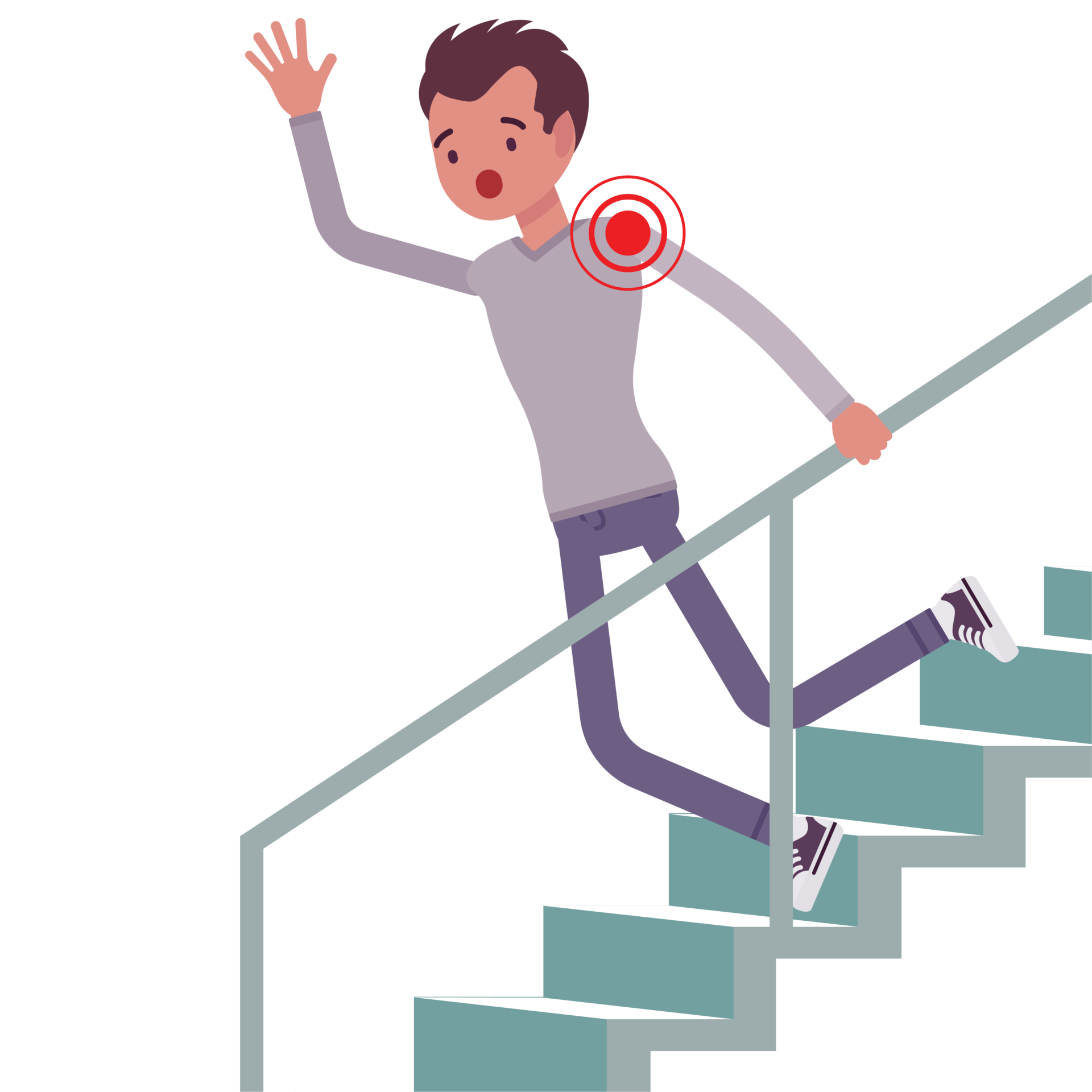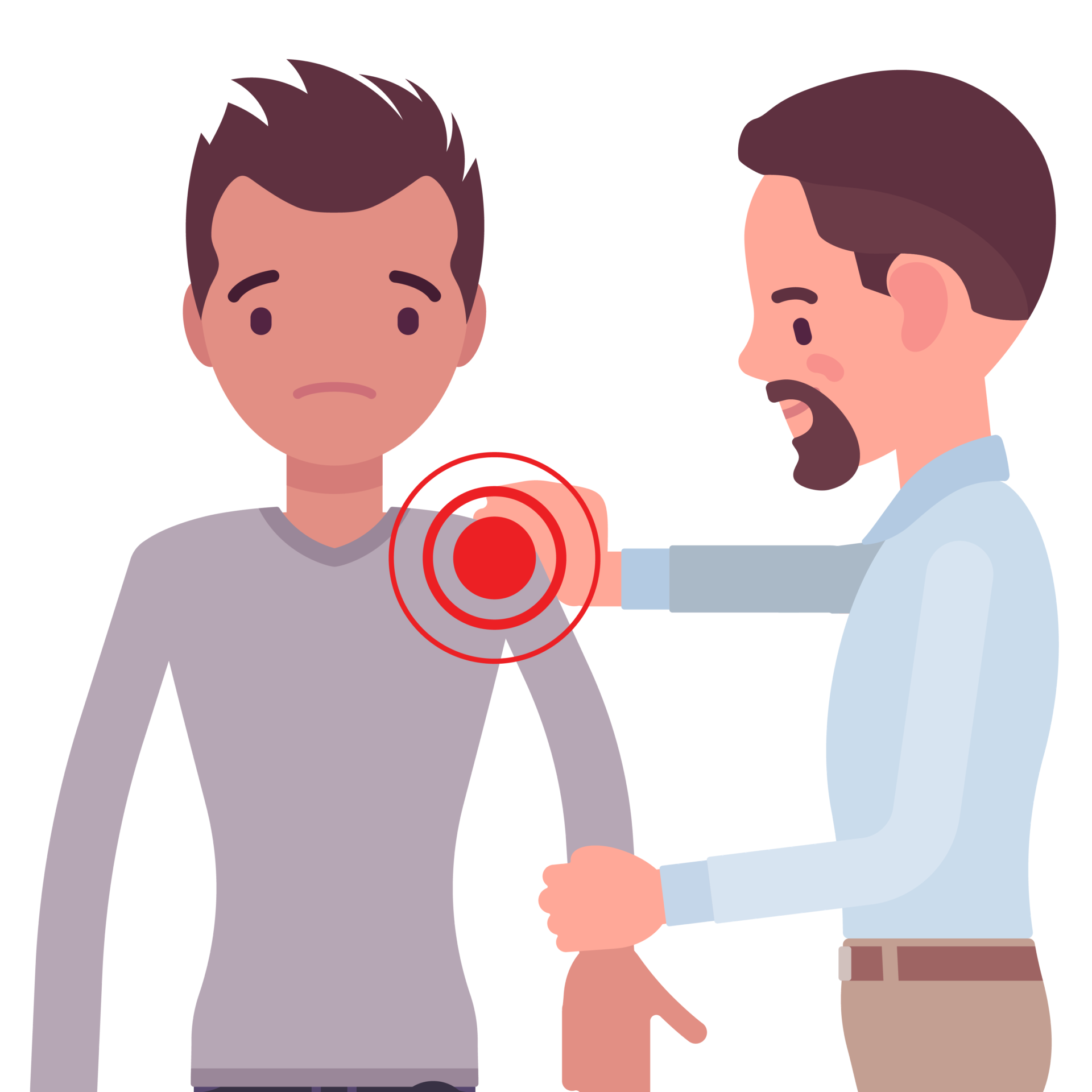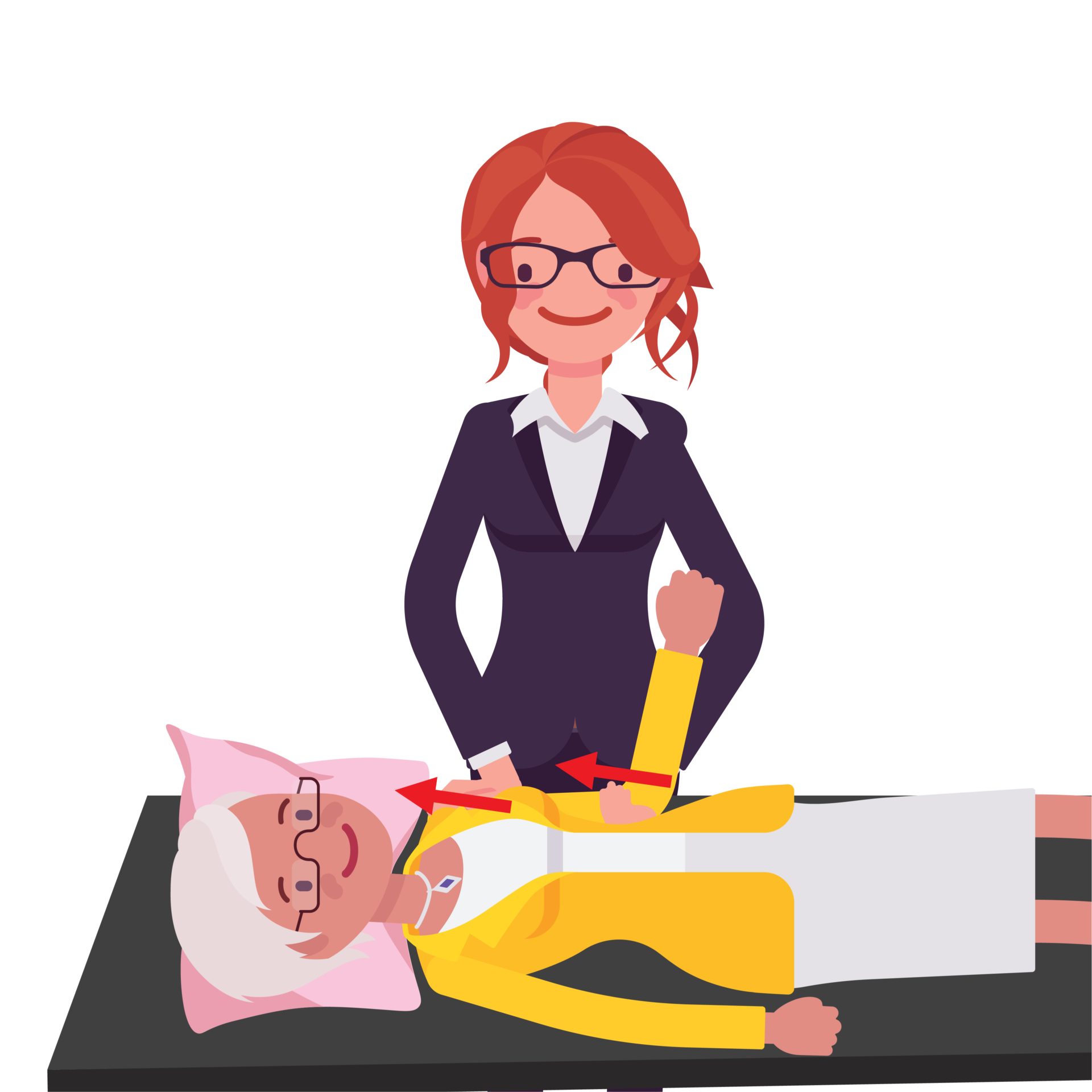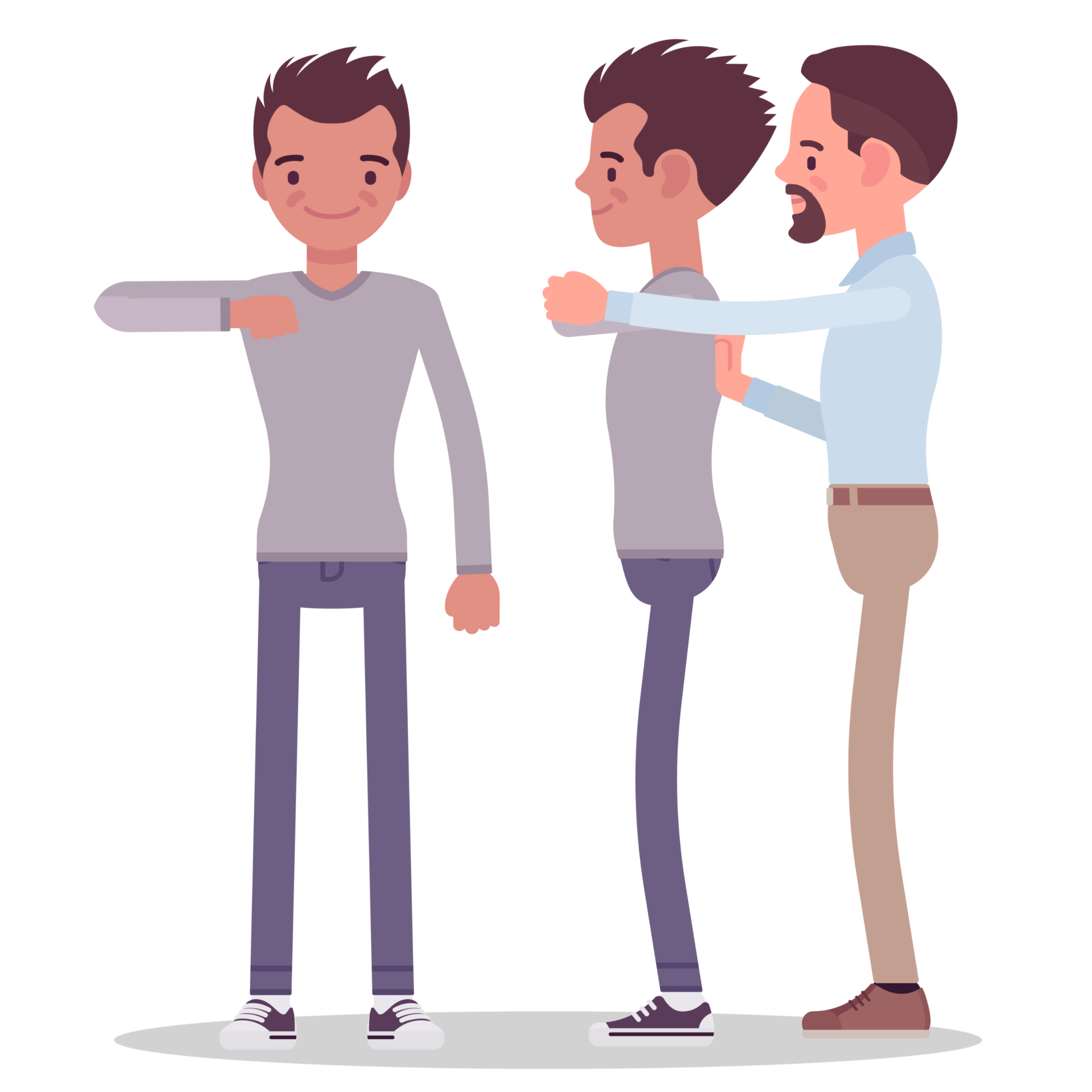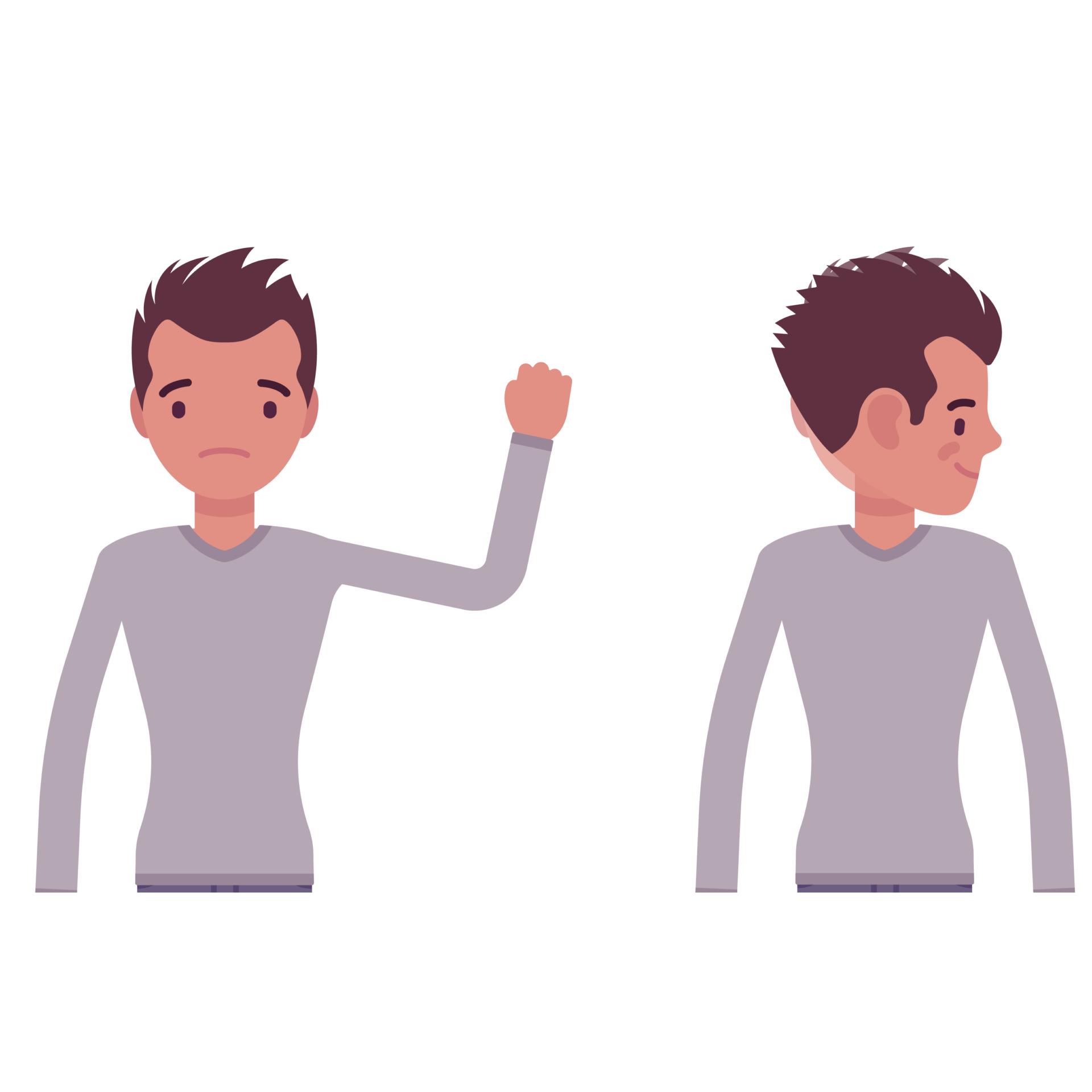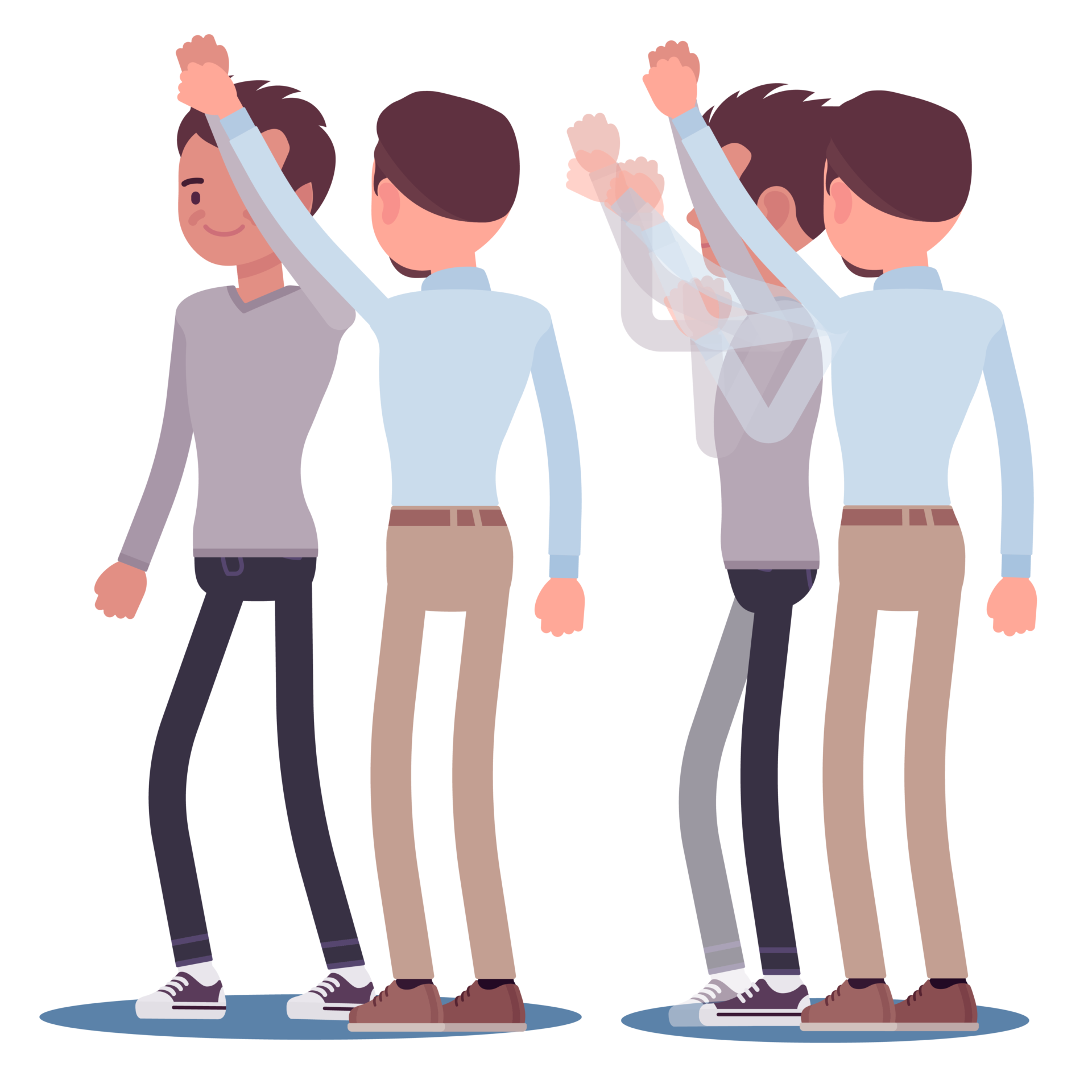
6 steps to an accurate shoulder assessment.....in this free infographic series for therapists
Jo Gibson (Upper Limb Rehabilitation Specialist Physio) & Clinical Edge present this free infographic series for Physiotherapists, Physical therapists and health professionals.
Are you ready to learn how to easily assess shoulder pain patients with this simple 6-step assessment?
Free
Shoulder assessment & diagnosis infographics
Enter your details to receive immediate free access to this series of infographics.
"Simple shoulder assessment & diagnosis"
for Physiotherapists, Physical therapists and health professionals with Jo Gibson.
With registration you'll receive one infographic each day for 7 days.
Throw away your special tests!
Shoulder assessment and differential diagnosis can be complex and challenging for therapists.
The shoulder has a lot of potential pain-producing structures (1,2) packed into a small area - the glenohumeral joint, ACJ, SCJ, rotator cuff tendons, joint capsules, nerves and more. Each of these structures can be pathological or nociceptive and contribute to patients shoulder pain, and psychosocial confounders can increase patients’ pain sensitivity (3).
So many of our "special tests" aren’t very special at identifying or differentiating painful structures, and they only tell you what you already know - that their shoulder hurts (4)!
When you have a patient with shoulder pain, don't confuse yourself and stir up your patient's pain with a battery of assessment tests and special tests that don't give you any useful information!
With this infographic series, you'll explore a new, simple approach to shoulder assessment that provides all the information you need to accurately diagnose and treat your patient's shoulder pain.
Register now to receive this series of seven infographics, where you’ll discover:
- How to use a simple 6-step assessment with shoulder pain patients
- 5 types of shoulder pain you need to be able to diagnose
- The secret clues hidden in your patient's history that guide your diagnosis
- How to rule out anything nasty (red flags)
- How to assess rotator cuff related shoulder pain and settle their pain quickly
- Rotator cuff and labral tear assessment and treatment
- Stiff & frozen shoulders and how to differentiate stiffness from
- bony causes (e.g. OA)
- capsular causes (e.g. frozen shoulder) and
- muscular causes (e.g. protective patterns)
- How to identify treatment options that will target your patient's shoulder pain and give you the best outcomes
- A case study to guide you through shoulder assessment
References
1. Dean BJ, et al. Why does my shoulder hurt? A review of the neuroanatomical and biochemical basis of shoulder pain. Br J Sports Med. 2013 Nov;47(17):1095-104
2. Lo CN, et al. The major pain source of rotator cuff-related shoulder pain: A narrative review on current evidence. Musculoskeletal Care. 2023 Jun;21(2):285-293
3. De Baets L, et al. The influence of cognitions, emotions and behavioral factors on treatment outcomes in musculoskeletal shoulder pain: a systematic review. Clin Rehabil. 2019 Jun;33(6):980-991
4. Littlewood C, Moffatt M, Maher N, Irving G. Current and future advances in practice: tendinopathies of the shoulder. Rheumatol Adv Pract. 2023 Oct 25;7(3):rkad086.
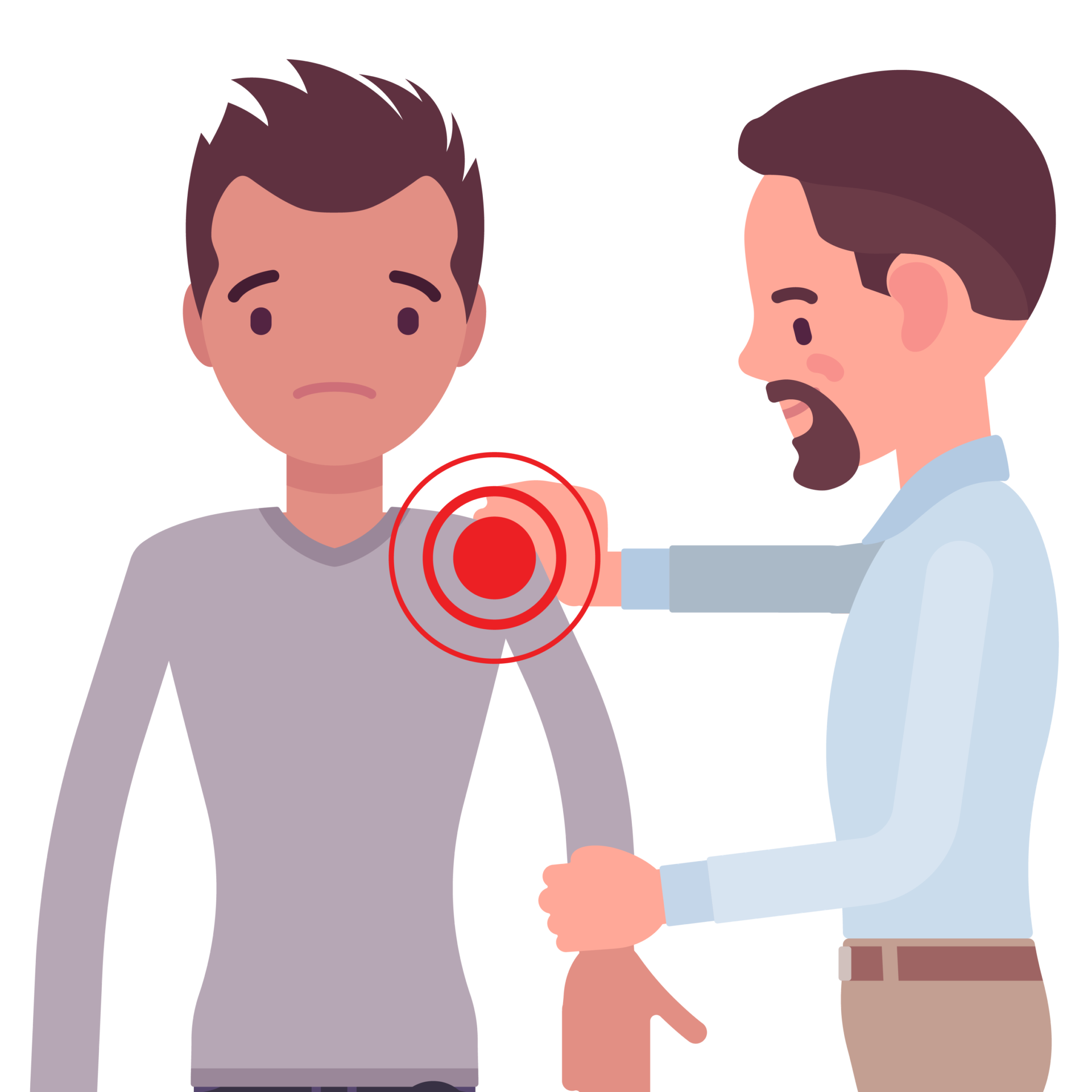
Assessment
Know the questions to ask and assessment tests to perform in patients with shoulder pain.
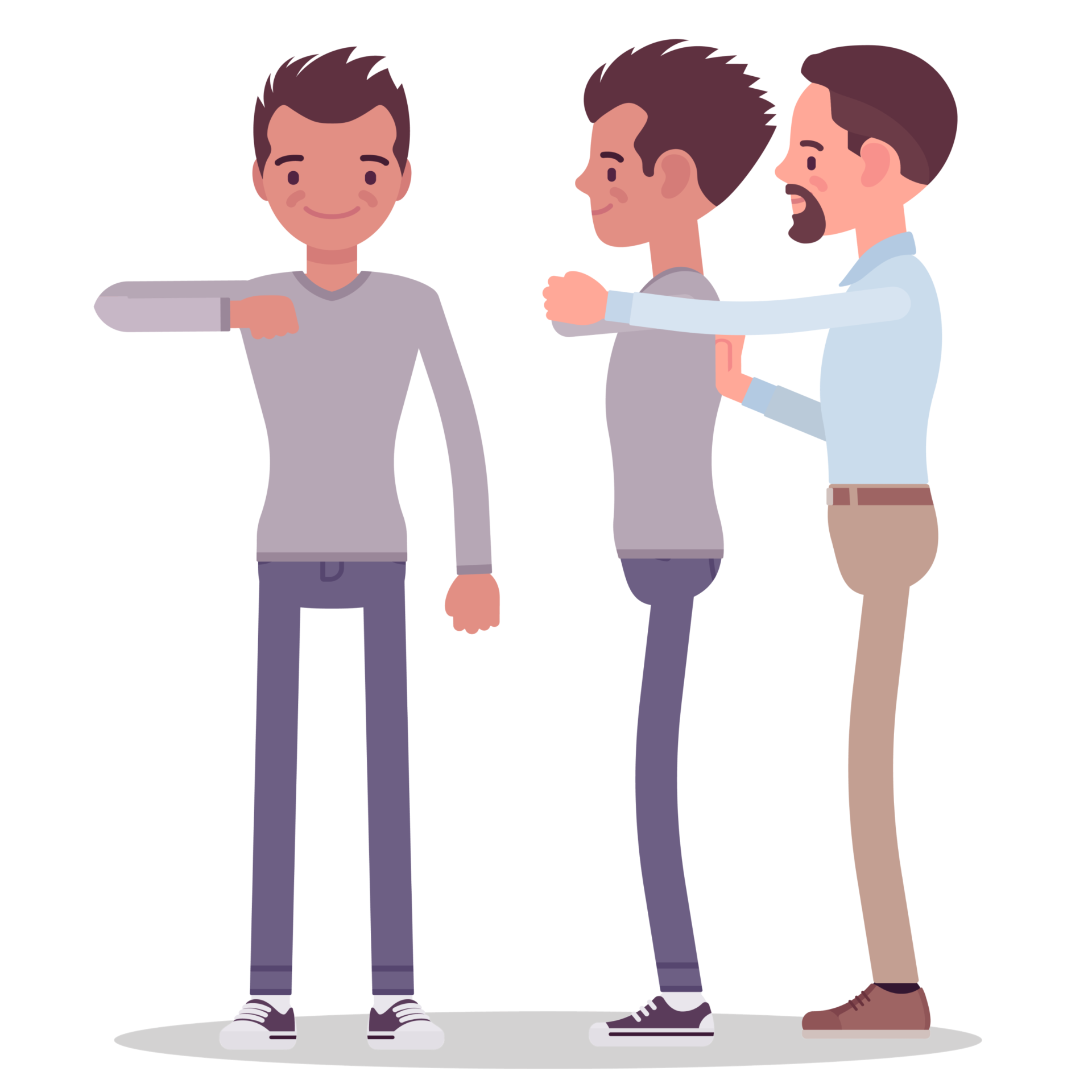
Diagnosis
Use the history & objective assessment results to accurately diagnose shoulder pain.

Treatment
Provide effective, targeted treatment to successfully overcome patients' shoulder pain.
Help your patients understand their shoulder pain and get them on the road to recovery
Accurately assess and diagnose your patients' shoulder pain so you can confidently explain the cause of their pain, gain their trust provide effective, targeted rehab and start them on the road to recovery.

Access the free infographics now
Enter your details to receive immediate free access to this seven-part infographic series from Specialist Physiotherapist Jo Gibson & Clinical Edge.

